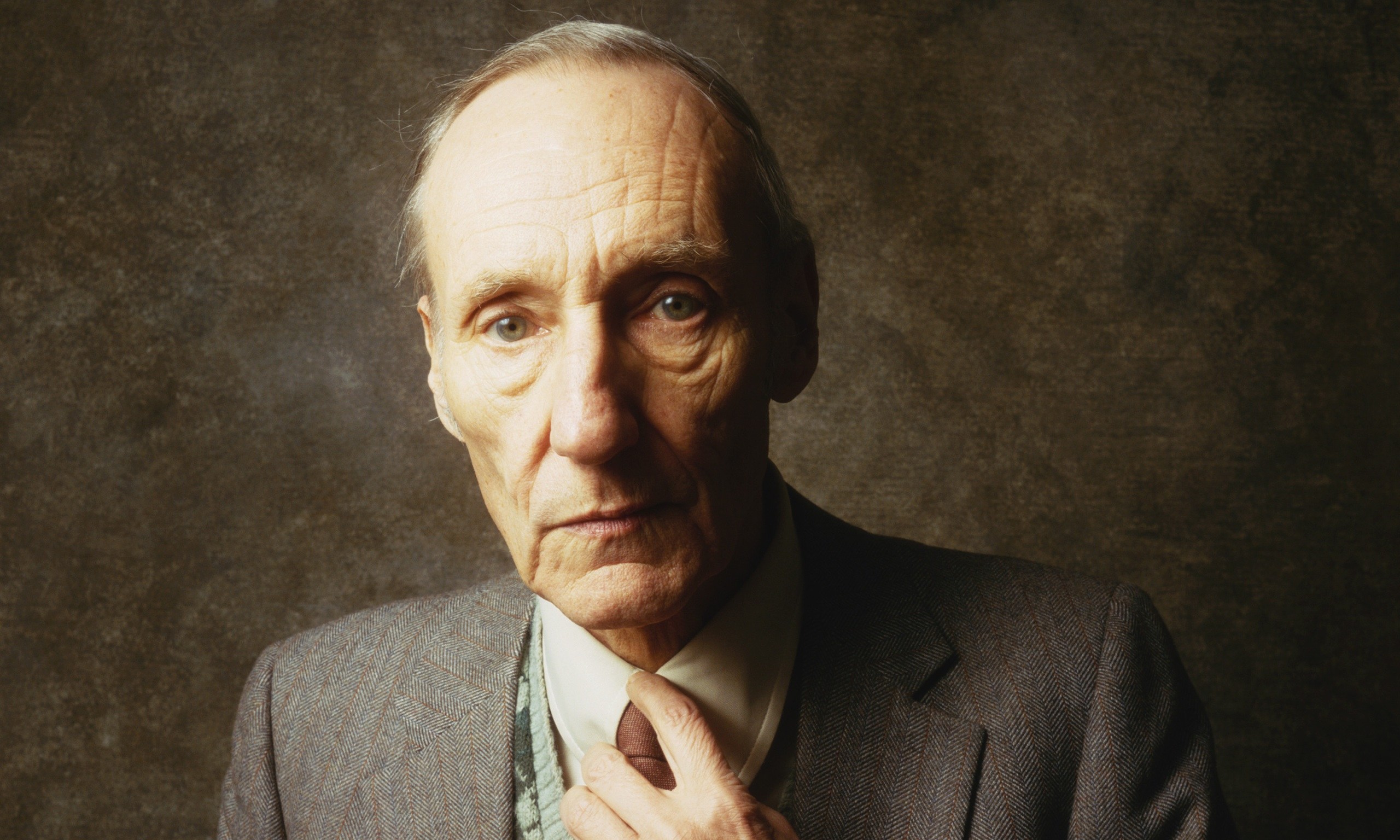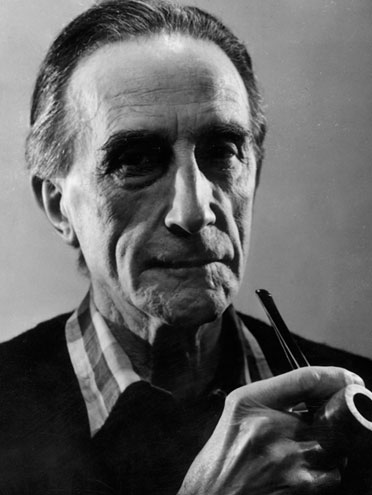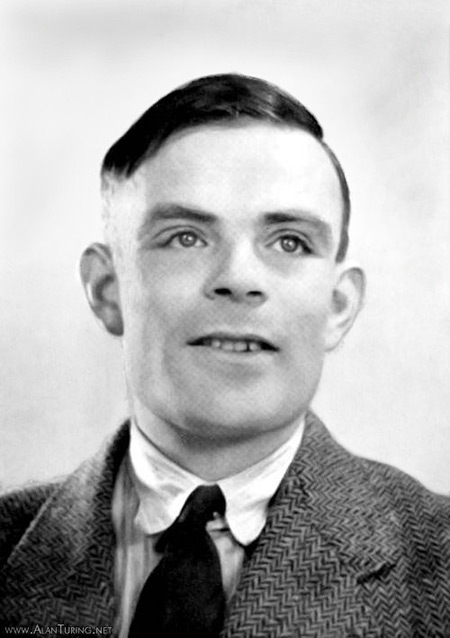William
Burroughs
William Burroughs (1914-1997) was a key figure of the Beat generation. He was a novelist, and spoken work performer. He wrote 18 novels, six collections of short
stories and many essays. It is said that
he is still looked up to by today’s writers and that he greatly influenced
popular culture. Mr. Burroughs
was born to a wealthy family in Missouri and became interested in writing at a
very early age. He went to Harvard University where he studied English and
Anthropology. Mr. Burroughs became
addicted to drugs (heroin specifically) and this affected him throughout his
life and career. Burroughs wrote and published his first
book in 1953, Junkie: Confessions of an Unredeemed Drug Addict. His third
novel, Naked Lunch (1959) was his most popular.
He shot and
killed his second wife in 1951 and his parents took custody of his son. Mr. Burroughs died of a heart attack in 1997 and was awarded the Ordre des Arts et des Lettres in 1984 by
France. He also received an award from
the American Academy and Institute of Arts and Letters in 1983.




